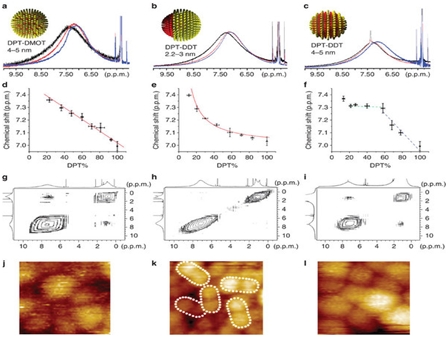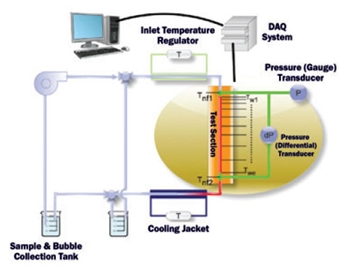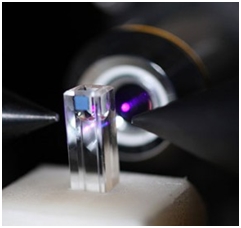Hi it’s Steven Mill, last time I wrote about Magneto-electric Hexaferrite Films and their Applications in Electrical Devices. Today I’m still in the “magnetic” topic applied to heat dissipation, so here’s my contribution to the community.
Introduction
Dissipation of heat in electrical systems and power generators has always been a great challenge. This is because, without proper dissipation of heat, an electrical system will become vulnerable to potential damage and malfunction issues.
In most parts of the world, cooling is mainly done by pumping cold water through pipes to remove undesirable heat. However, research is being carried out to introduce a cooling method that is much better, effective and cheaper than this primitive technique.
Research teams at MIT and in Australia successfully developed one such method that involves the use of magnetic nanoparticles. This superb technology is very effective and can be used to dissipate heat from simple electrical systems to even a nuclear reactor.
What are Magnetic Nanoparticles and how do they aid in heat dissipation?
Before we go into the details of how this system works and what are its advantages, we should discuss what magnetic nanoparticles are.
Present in form of a slurry, these nanoparticles are made up of magnetite or iron oxide. The nanoparticles are dissolved in water to form a nanofluid that conducts the process of cooling. Besides this nanofluid, a few powerful magnets are used in this process. What actually happens is that the tube absorbs heat energy at hot regions and high temperature zones. Due to this absorption, the nano ferrous oxide particles gain some kinetic energy.
Their temperature rises which means that they conduct heat energy and their free electron get excited. At this stage, the particles that are most ‘excited’ or ‘hot’ are attracted by the magnets outside the tubing system. This causes the transfer of heat from magnetite nanoparticles to the magnets and later on to the external environment.
Pros and Cons of Using Magnetic Nanoparticles for Heat Dissipation
These amazing magnetic nanoparticles have made the scientists think that “trouble-free” heat dissipation is not a far-fetched idea. Their importance can be judged by the fact that without these particles, the cooling fluid will act just like plain water.
But with these superb particles, the rate of heat transfer becomes 300% better than with simple cold water. In case of conventional cooling methods, the cooling surfaces are broadened, or some fins and groves are used to enhance the rate of heat dissipation. Such measures are not only costly, but they are also not as effective as this system that does not require any unnecessary gadgets.
Nonetheless, everything is not faultless, and there is always a flaw in the system. In this case, the flaw is seen when the strong magnetic field around these particles force them to form clusters or chainlike structures especially at places close to the magnets. This upsets the flow of heat and can also cause an increase in the local temperature gradient. It is due to this reason plus the cost factor that this system cannot be used as a replacement to the entire cooling system.
However, research proves that this trait or flaw can also be advantageous. There are certain hotspots in every system that are very sensitive and temperature at such points should be strictly monitored and kept low. If this magnetic fluid along with a magnet is placed right next to a hotspot, the rate of heat transfer will be greatly enhanced and this way we can keep it cool as long as it needs to be.
Researchers refer to this method as a smart way to improve heat dissipation. Placed at strategic locations, if these electromagnets could be switched on and off, then we would have a brilliant, precise and localized cooling system.
Applications of Magnetic Nanofluids in Several Electrical and Electronic Systems
This marvelous cooling technique has potential applications in a number of electrical and electronic systems. It can be used to cool up the contents of a gigantic nuclear reactor where millions of joules of energy is dissipated in the form of heat.
There are several localized hotspots, so proper dissipation of heat is very crucial for the plant’s safety.
Due to its selective cooling property, this fantastic technology can also be very helpful in cooling several minute electronic systems like microchips, relays and circuits.
That’s just the tip of the iceberg. Magnetic nanoparticles’ fast and efficient heat transfer properties can benefit a number of other systems and sectors of electrical engineering.
Any impressions? Comment below.
Steven Mill.




